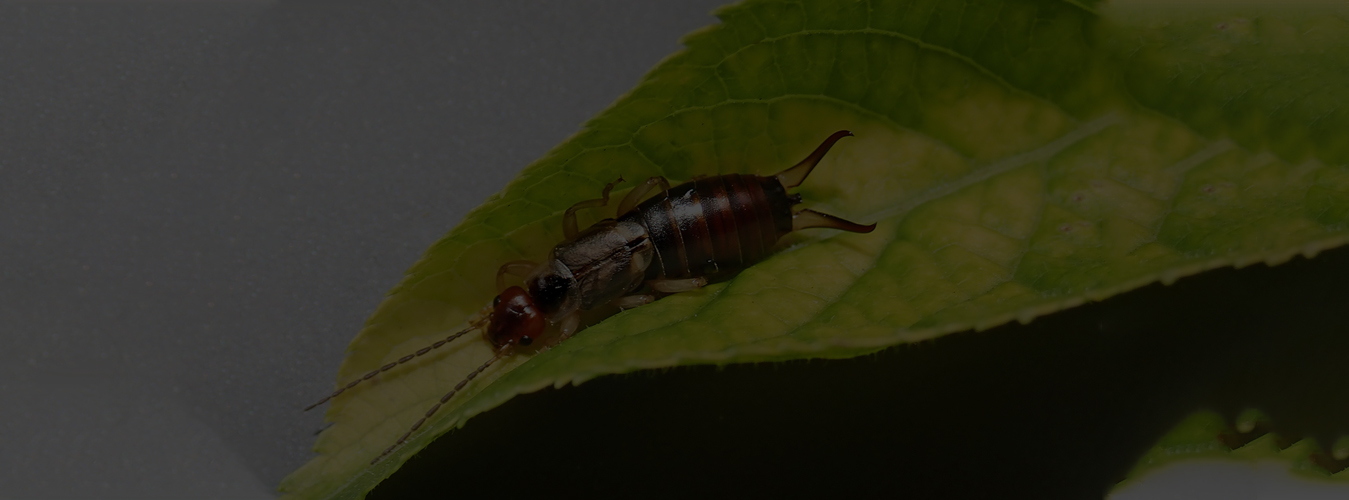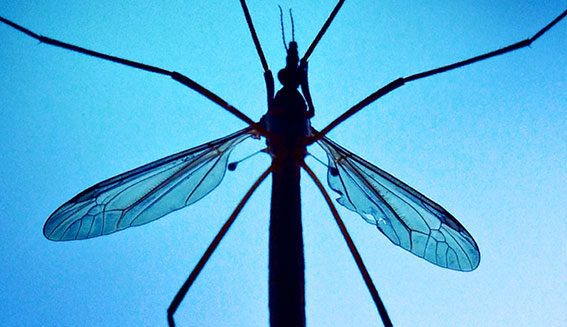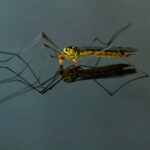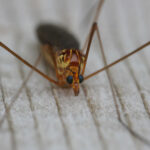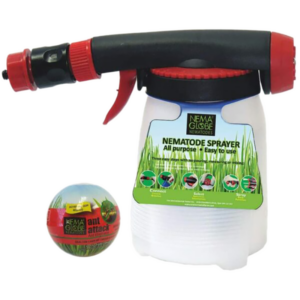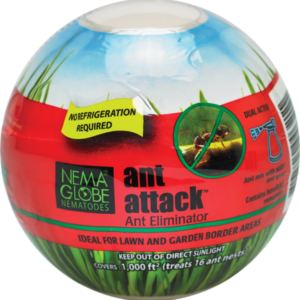Your cart is currently empty!
Damage
Crane fly adults do not bite or sting humans, or animals, but the larval stage can become a major pest on turf, pasture grass, and golf courses. Crane fly larvae live in the top layers of soil and feed on grass roots, resulting in the leaves yellowing and thinning or the plant stunting or killing.


